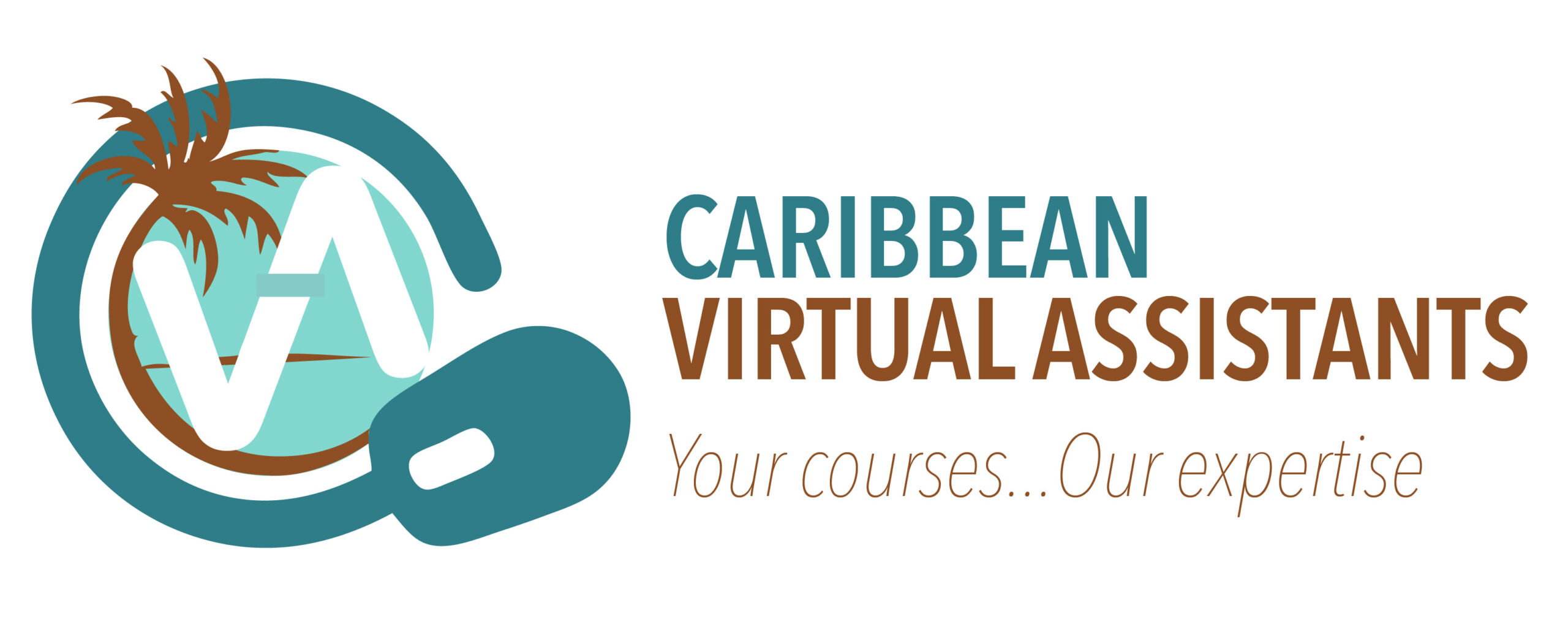In a previous post, we mentioned that one mistake course creators make is packing too much information into their courses. We also encouraged you to adopt the One Problem, One Solution approach. This principle suggests that when you are trying to solve a problem, you should focus on identifying one specific issue and creating one specific solution to address it.
The idea is to avoid overcomplicating the problem-solving process by trying to solve multiple issues at once. This eliminates confusion and makes it much easier to find a workable solution.
Most times, people don’t need or want an all-encompassing answer…with all the bells and whistles.
For example, if your course helps your students identify their ideal client, then focus on demographics, psychographics, etc. If you include information about choosing a domain name or writing an elevator pitch, these are not relevant. Instead, your student will view them as distractions.
Avoid adding information that doesn’t directly create the transformation your students need at a specific time. You will run the risk of overwhelming them which could result in them not completing your course. And, a low completion rate does not send the right signal to potential students.
Here’s another issue with trying to include too much info in a single course: depth of knowledge. When you try to include too much information, what you end up with is very thin coverage of several different topics. Instead, focus your course on a single problem and a single solution. You can dig deeper and present ideas and information, such as:
- Case studies
- Checklists
- Worksheets
These are the types of information that your audience will appreciate to help with their transformation. In fact, they may be very willing to pay a premium price since the information in your course is more valuable than others. When you focus your course on a single problem, you’ll have the leeway to create these and other resources.
Let me make something clear though. There is still room for all-inclusive, lengthy courses. However, if you decide to create one, you will have to:
- Expand the length of the course to accommodate all the extra information. In other words, each week (or module) becomes its own “mini” course, focused on a single issue/solution.
- Increase the cost of the course. If your audience can handle a high-ticket, multi-module course, then by all means you should produce one. But please keep in mind that the more information you provide, the higher the price point.
How to Apply the One Problem, One Solution
Keep your students focused and engaged in your course by following these steps:
- Identify the problem: It’s important to choose a problem that is specific and relevant to your audience.
- Break it down: Once you have identified the problem, break it down into smaller, specific components. This will help you to focus on one problem at a time and create a more focused course.
- Identify solutions: Identify a specific solution to address each component of the problem. Each solution should be actionable and provide clear steps that students can follow.
- Structure your course: Based on the solutions you have identified, structure your course into modules or lessons. Each module or lesson should focus on one specific solution and provide your students with the information they need to implement that solution.
- Add interactive elements: To keep your students engaged, consider adding interactive elements to your course. This could include quizzes, exercises, or discussions that encourage them to apply the solutions you have provided.
- Test and refine: Once you have created your course, test it with a small group of students and gather feedback. Use this feedback to refine your course and make any necessary adjustments before launching it to a wider audience.
Final Thoughts
By using the “one problem one solution” concept, you can create a course that is focused and engaging. Your course will also provide your students with actionable solutions to a specific problem.
Do you need help creating your course? Check out our Brainstorm Your Online Course Workbook to get you started.

Just tried to analyze my course idea in light of “one problem, one solution” and now I am wondering if my course should be a book instead. Because I have 5-7 solutions for my problem.
Hi Jeanine, you could structure your course in such a way that each solution is a new module or lesson. Keep in mind that you want your students to take action and experience transformation. In other words, see if you could break down the problem into smaller aspects of the problem.
In that case, your structure could be something like this:
I. Introduction
II. Module 1 – Aspect #1 of the problem
III. Module 2 – Aspect #2 of the problem
And so on with a recap at the end. In each module, you identified an aspect of the problem and a step to take to address it. So at the end of your course, the hope is that the student took baby steps toward the finishing line (the ultimate transformation goal). I hope this makes sense. I also invite you to connect with me if you wish to discuss this further. You could email me at hello@caribbeanvirtualassistants.com.